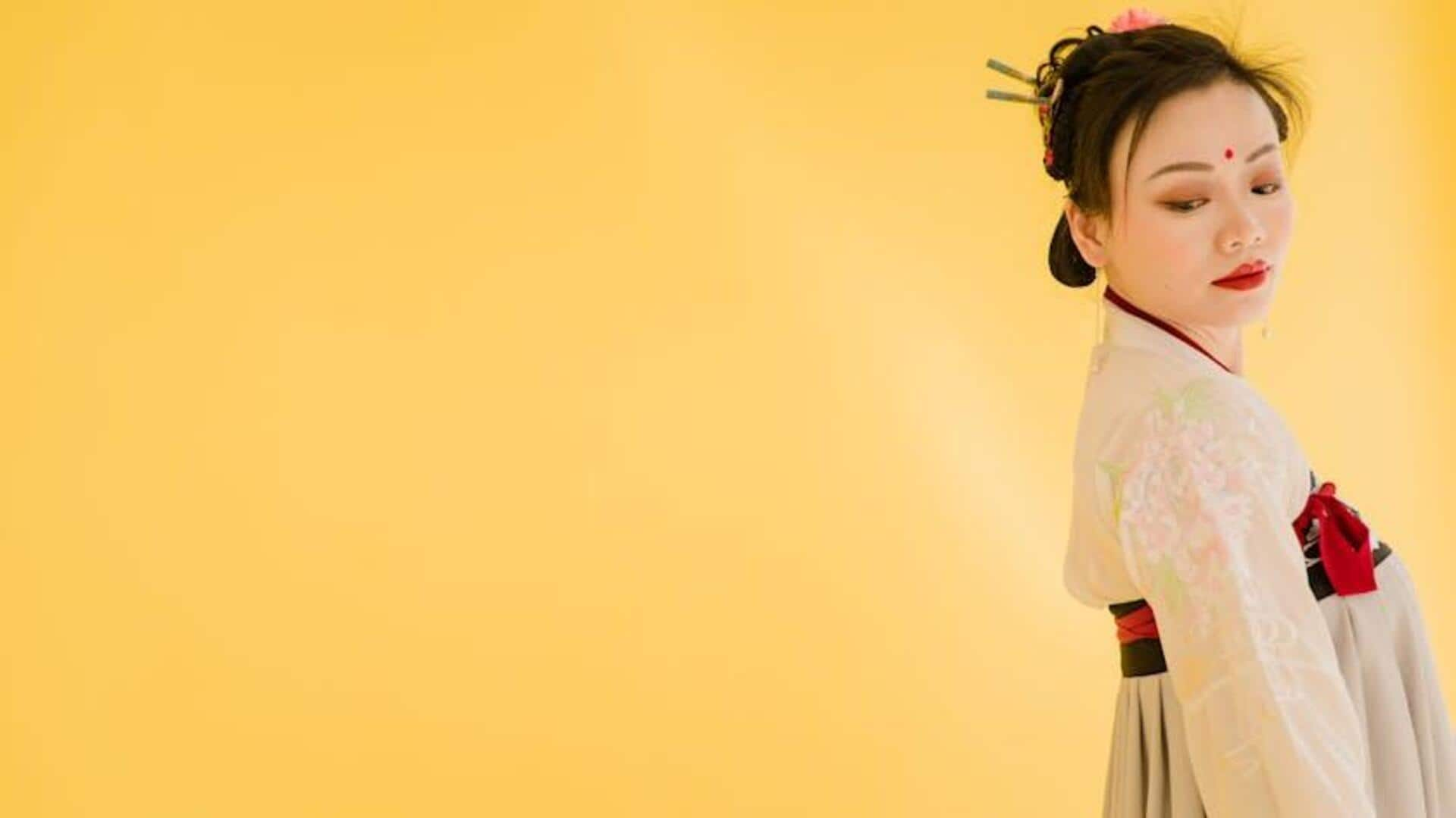
Hanbok's journey: Evolution, design, and cultural significance
What's the story
Worn for centuries on festivals and celebrations, hanbok, the traditional Korean attire, stands as a symbol of Korea's rich cultural heritage. Characterized by bright colors and simple lines, hanbok is now witnessing a revival as designers fuse traditional with modern. This not just preserves hanbok's cultural significance but also makes it desirable for younger generations wishing to connect with their roots and be fashionable.
#1
Evolution of Hanbok design
The design of hanbok has changed a lot over the years. Traditionally, it was made of a jeogori (jacket) and chima (skirt) for women, and baji (pants) for men. Modern designs keep the basic elements but use new fabrics and patterns. Designers are even using lighter fabrics such as linen and silk blends to make it comfortable while maintaining the garment's elegance. This evolution makes hanbok wearable in various settings, beyond ceremonies.
#2
Hanbok in contemporary fashion
In recent years, hanbok has entered contemporary fashion scenes in Korea and abroad. Fashion shows frequently display modernized iterations that draw the attention of a worldwide audience. The pastel colors and minimalist designs make them appropriate for daily wear or occasions such as weddings/formal events. The trend shows how traditional attire can be reinterpreted without losing its cultural essence.
#3
Cultural significance remains strong
Despite modernization, the cultural significance of hanbok remains intact. It continues to be an important part of Korean identity, symbolizing respect for tradition and history. Many Koreans wear hanbok during national holidays such as Chuseok or Lunar New Year as a way to honor their ancestors and celebrate their heritage. This enduring connection ensures that the essence of hanbok is preserved even as styles change.
Tip 1
Tips for wearing modern hanboks
When selecting a modern hanbok, remember the occasion you'll be attending; go for simpler designs if it's casual or more elaborate ones if it's formal. Pay attention to fabric choices; lighter materials are ideal for warm weather while heavier fabrics work well in cooler climates. Accessorize thoughtfully with things like hairpins or brooches that complement, rather than overpower, your outfit's aesthetic appeal.